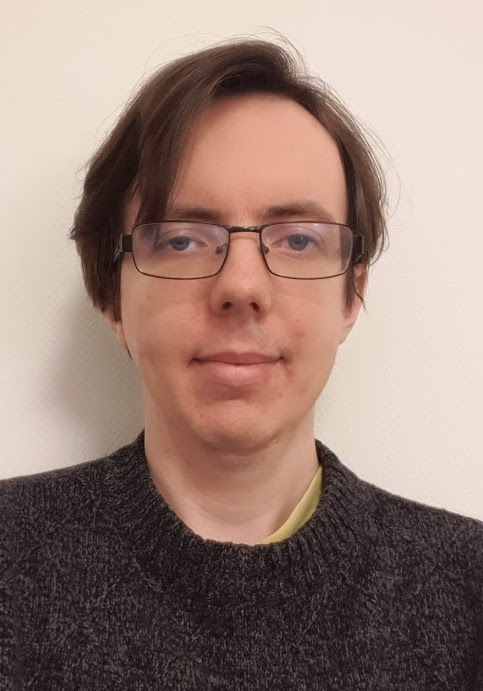David Gyorgy

Doctorant
CURRENT RESEARCH
Hierarchical structure in language and musical rhythm
Research has accumulated substantial evidence for a relationship between language and musical rhythm processing in typical and atypical populations (Ladányi et al., 2020). Furthermore, numerous studies have reported improved syntactic processing in the same populations when exposed to a rhythmically regular musical prime compared to an irregular musical prime, environmental noise or silence (Canette et al., 2020). Several cognitive and neural processes have been proposed to account for the relationship between musical rhythm and language processing, with one particularly interesting line of research suggesting that both domains involve the internal construction of hierarchical structures (tree-like structures in which lower-level units combine into by higher-level constituents, Fitch & Martins, 2014). This project aims to test this hypothesis in two ways: first, we are manipulating the (metrical) hierarchical structure of musical primes used in a rhythmic priming paradigm to determine to what extent it can influence (syntactic) hierarchical processing in a subsequent language ask. To concentrate on syntactic processing, our language task is built in a semi-artificial Jabberwocky language in which nouns are replaced by pseudowords, while other content words and grammatical morphemes of the French language are preserved (Voici les dafrans que le bostron défend). Second, we are investigating long-term relationships between participants’ rhythmic and language skills. On the one hand, we expect participants with better rhythmic skills to also perform better in language tasks requiring hierarchical structure processing. On the other hand, we expect to observe a relationship between participants’ multilingual profile, taken as a measure of exposure to different linguistic hierarchical structures (languages or grammars), and performance in both linguistic and rhythmic tasks involving hierarchical structure processing. While the primary aim of this project is to contribute to the theoretical understanding of the relationship between rhythm and language processing in typical adults, our results may also provide further insight into the extent to which rhythmic tasks can be used as non-linguistic diagnostic and/or therapeutic tools for developmental language disorders.
